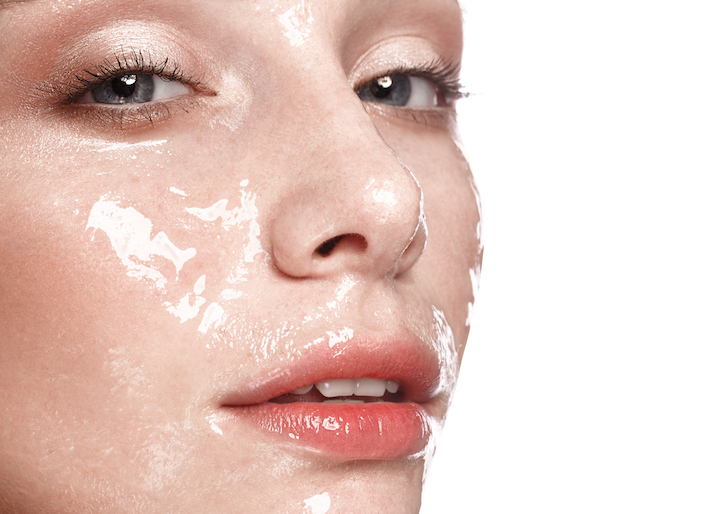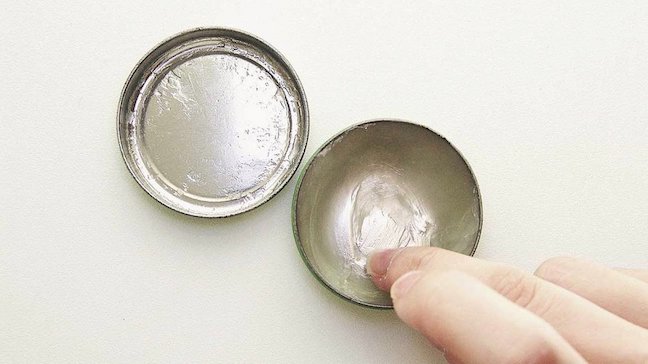It’s all about understanding what Vaseline can and cannot do, and how you use it.
Some of my earliest (and fondest) childhood memories involve me being slathered from head to toe in Vaseline (aka petroleum jelly). I always marveled at how the thick substance made my brown skin shine and gleam — in the words of my mom, “little black girls can’t be ashy!”
And to this day, I still slather my body in Vaseline. I use it on my feet when they need a bit of extra TLC. I use it on my cuticles and the palms of my hands after a tough lifting session. And when my eczema-prone body skin starts flaring up in the winter, Vaseline is my first line of defense.
But you know the one place I used to not use it? My face.

I think if you’ve suffered from acne for any significant part of your life, you’ll know that somewhere along the line you were told to never, ever, EVERRRRRR put Vaseline on your face. It clogs your pores! Your skin can’t breathe! You’re acne will get worse! But … is petroleum jelly really all that bad for your skin? Well, it all depends on how you use it.
Let’s start off with the basics. Petroleum jelly (brand name Vaseline) is basically a super-filtered concoction of mineral oils and natural waxes. It does not offer any actual benefits to the skin ingredient-wise, meaning it’s not going to brighten your skin, help fight wrinkles, give you good ol’ antioxidants, or combat acne. Instead, it works as a skin protectant, creating a barrier between your skin and the outside world. In other words, it’s a serious occlusive (aka an ingredient that forms a barrier over the top layer of your skin.) Occlusive ingredients help to seal in water and all of the other 40,947 million serums we’ve layered on our skin.
So how did Vaseline get such a bad rap in the beauty community? My personal belief? I think people were/are using it as an actual moisturizer, which … it’s not a moisturizer so of course you aren’t going to see the results you want. The possible reason why people were breaking out and having adverse reactions to it is that they were using it in place of an actual moisturizer — and since Vaseline is an occlusive ingredient, it simply sits on top of the skin. What does that mean for acne? Well, it means that any dirt, makeup, sweat, and bacteria on your skin is trapped beneath the surface … and we already know what happens next — acne, blackheads, whiteheads, the whole nine yards. Add that to the fact that a lot of people still aren’t washing their faces properly (double cleanse gang!), and you have a recipe for skin disaster.

Vaseline IS an affordable and effective skincare product IF you use it correctly. How? Well, since it’s an occlusive, you can use it as the last step of your skincare routine at night, sort of like a makeshift sleeping mask. Keep it in mind, a lot of sleeping masks already have some soft of petroleum jelly-like ingredient in them already, so it’s not a too far off concept. Remember, a little goes a long way. You don’t need to slather your face in it like your life depends on it, just use a chickpea-sized amount and gently rub it into your skin. I’m not a big under-eye cream person, but I AM a huge fan of using Vaseline underneath my eyes at night.
Also if you’re not a huge makeup person and you’re not into the whole blindingly bright gold/silver highlight situation, you can use a tiny bit of Vaseline on the tops of your cheekbones and underneath the brow bone for a real life “I woke up like this” fantasy.
How do you feel about using Vaseline in your skincare routine? Let me know in the comments!
Loading...